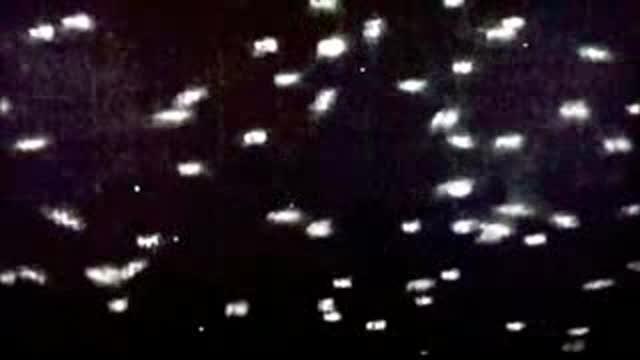Females select the 'right' sperm to fertilize their eggs when faced with the risk of being fertilized by wrong sperm from a different species and researchers recently set out to investigate salmon and trout, which fertilize externally in river water, because the two species occasionally hybridize in the wild.
Since hybrid offspring become reproductive dead-ends, females of both species are under selection to avoid hybrid fertilizations, and instead promote external fertilization by their own species' sperm.
Their results show that when eggs from each species are presented with either salmon or trout, they happily allow complete fertilization by either species' sperm. However, if eggs are given a simultaneous choice of both species' sperm, they clearly favor their own species' sperm.
The team then went on to investigate what mechanisms allow female eggs to encourage the right sperm to fertilize by examining two key components of reproduction in female fish – the egg, and the ovarian fluid that coats the egg. Ovarian fluid is a protein-rich solution that bathes the eggs and released at spawning – but little has been known about its function.

Scientists have revealed how females select the 'right' sperm to fertilize their eggs when faced with the risk of being fertilized by wrong sperm from a different species. Credit: University of East Anglia
Lead researcher Professor Matt Gage, from University of East Anglia's School of Biological Sciences, said, "The salmon-trout system is ideal for studying sperm-egg compatibilities because we are able to conduct controlled fertilization experiments and measure sperm behavior under conditions to which the gametes are naturally adapted. Although we found almost 100 per cent interfertility between salmon and trout sperm and eggs, when we mixed equal amounts of sperm from both species together, we found that sperm from their own species won 70 per cent of the fertilizations.
"Since we are conducting in vitro fertilizations without interference or control from males or females, this provides clear evidence that eggs favor the sperm of their own species, but only when given a choice.
"We ran further sperm competition trials but this time we rinsed eggs of their ovarian fluid and then added back either their own fluid, or that from the other species. Remarkably, we found that the egg itself plays no significant role in promoting fertilization precedence by their own species' sperm. Instead, it is actually the ovarian fluid that controls which species' sperm wins the fertilizations, which was very unexpected. If we put salmon ovarian fluid onto salmon eggs, then salmon sperm win, but if we put trout ovarian fluid onto eggs from that same salmon female, trout sperm now win."
The researchers then used Video Tracking Analysis to analyse how salmon and trout sperm behave in ovarian fluid.
"We found that activating sperm in ovarian fluid makes them live about twice as long as in river water. Importantly, both species' sperm also switch from swimming in tight elliptical circles in river water, to swimming in straightened trajectories in ovarian fluid. This behaviour allows sperm to navigate towards the egg by following a chemical cue.
"So what we're seeing is that ovarian fluid gives a specific chemical signal to the sperm of its own species, causing changes in the way their tails beat, so that they swim in a straighter trajectory, and therefore guided more effectively towards the site of fertilization."
To establish that this was the mechanism which promoted fertilization precedence by their own species' sperm, the research team ran a final experiment in which they measured sperm migration across a membrane permeated with tiny pores mimicking the single entrance into the egg. They found that many more sperm swam through the membrane into their own ovarian fluid, compared with numbers crossing into the other species' ovarian fluid or water.
"These findings allow us to establish that females have indeed evolved mechanisms of 'cryptic choice' at the intimate level of the sperm and egg. The results also give us a valuable insight into why female salmon mate so promiscuously – typically being fertilized by eight, and up to 16, males in one nest. By promoting sperm competition, females provide their eggs with greater choice, allowing ovarian fluid to avoid potentially hybridizing sperm, and instead encourage fertilization by the right sperm."
Citation: Sarah E. Yeates, Sian E. Diamond, Sigurd Einum, Brent C. Emerson, William V. Holt and Matthew J. G. Gage, 'CRYPTIC CHOICE OF CONSPECIFIC SPERM CONTROLLED BY THE IMPACT OF OVARIAN FLUID ON SPERM SWIMMING BEHAVIOR', Evolution 12 AUG 2013 DOI: 10.1111/evo.12208




Comments